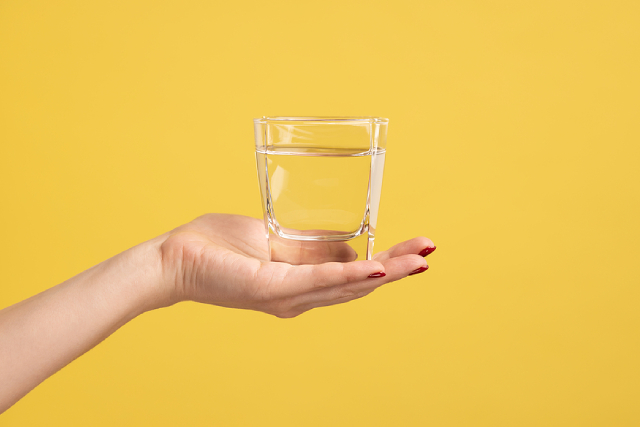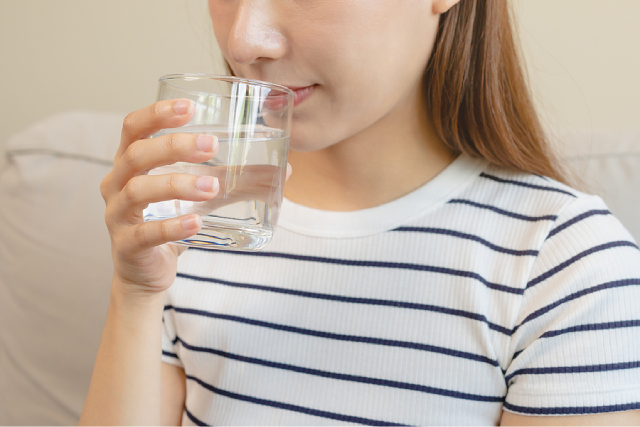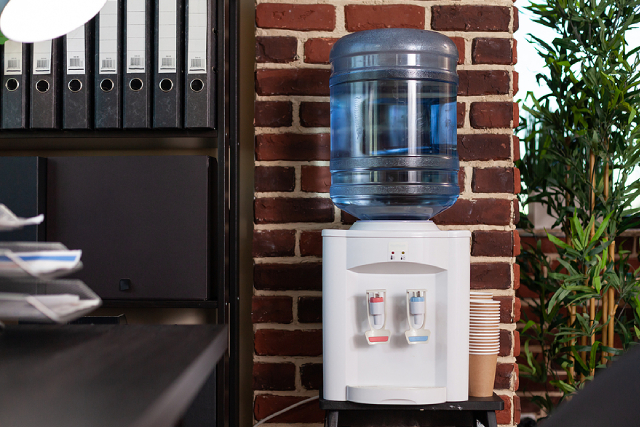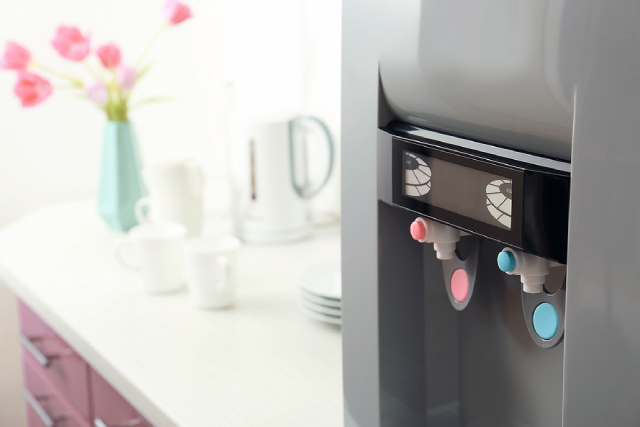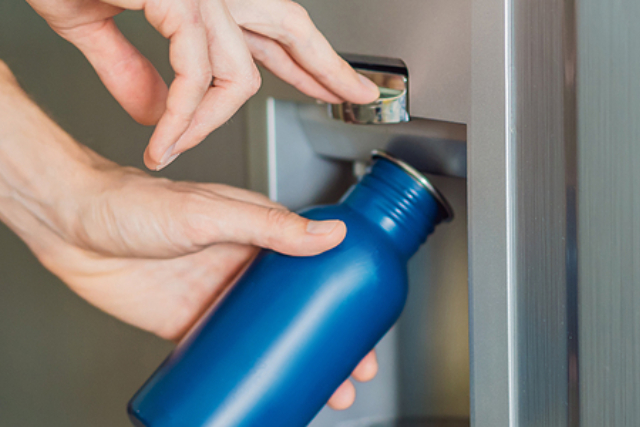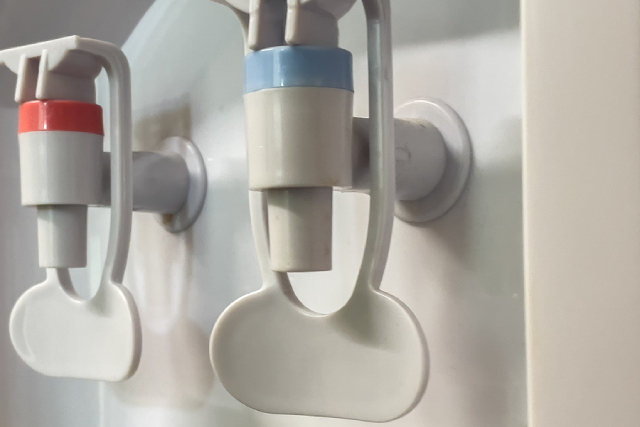
5 Top Filtration Systems To Secure The Safest Drinking Water
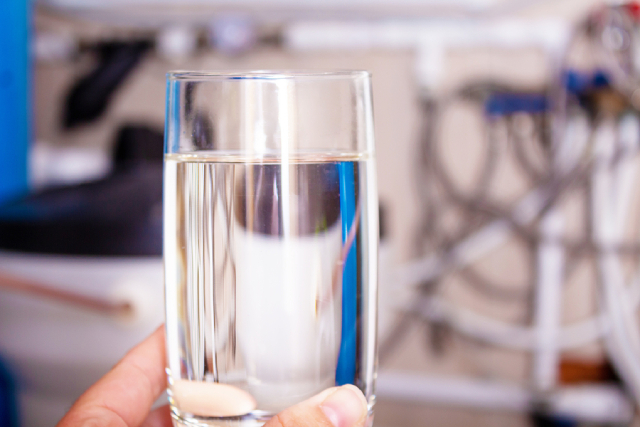
Most of the water used for cooking, drinking, washing, bathing and more generally undergoes filtration before reaching us. These filtration systems are the safeguards that keep water free from all kinds of contaminants harmful to human health, as well as remove various odours, unpleasant tastes, and discolouration.
Many factors affect the water you use and drink, from the type of pipes or containers they come from, the water pressure, and the biochemical properties of the water in your region. As such, it is vital to be mindful of the possible contaminants in your water supply, be it from a public or private source. This starts with knowing the filtration systems that can filter, treat, soften, and overall improve the quality of your water. Read on to learn the best and most commonly used water filtration systems used today in various water purifiers/dispensers, how they work, and their pros and cons so you can know everything about what is in your water.
1. Carbon Block and Activated Carbon
Activated carbon is a cost-effective and electricity-free filtration system that works exceptionally at removing chemical contaminants such as chlorine and agricultural chemicals, organic substances, and sediments in drinking water. The key to its effectiveness is adsorption. Unlike absorption, wherein one material takes in or soaks up another, adsorption involves one material sticking to another while still passing through it.
Activated charcoal is made when organic materials with high carbon content, like coal, wood, and coconut shells, are heated in a way that does not burn them, only char. This char is thus treated to make porous materials that bind to impurities and toxins in drinking water and pulls them out from the flow. Activated carbon filters are the most commonly used filters paired with other filtration systems for total toxin removal.
2. Distillation
Distillation works similarly to nature’s precipitation cycle and is a highly effective purification process that boils water into steam and cools it down back to liquid, killing all organic contaminants like viruses and bacteria present. The distillation process is generally available in many countertop water dispensers and, once complete, will have made pure drinking water. The only shortcoming of distillation is that it requires a heat source or energy to work and is rather slow to complete, losing out on efficiency compared to other systems.
3. Ultraviolet (UV) Light Filters
UV filters are an environmentally friendly option that cleans water using various frequencies of UV light. It is a more efficient and advanced form of the basic solar water disinfection method wherein drinking water is exposed to sunlight for six hours, which allows enough time for the sun’s UV rays to tear apart microbes, bacteria, and viruses in the water and make it safe to drink.
In modern UV filters, water is subjected to high-frequency UV light radiation as it flows through a glass compartment and eliminates organic hazards much more quickly than the previous method. However, this requires energy to complete, which is why they can be on the pricier end.
UV lamp filters work best at the final stage in the filtration system where the water is at its most filtered; this is because UV light cannot pass through inorganic contaminants and have no effect on them, hence the need to use them with other filtration systems that excel at filtering out other hazards like heavy metals, suspended solids, residual chlorine, bad taste and odours, and more.
4. Reverse Osmosis (RO)
Reverse osmosis filters are highly effective at removing a significant percentage of toxins in drinking water both organic and inorganic, such as arsenic, nitrates, heavy metals, sediments, radium, salt, and more. The pressure pushes the water to pass through a reverse osmosis membrane that traps contaminants on one side while water passes freely out the other. It is among the few filters capable of removing water-soluble contaminants in water, such as chromium and fluoride.
Despite its popularity, RO filtration systems generally use excessive amounts of water and are slow to complete, which may lead to a decrease in water pressure. This is why RO is typically limited to just drinking water systems.
5. Activated Alumina
Activated Alumina (AA) is among the best and most cost-effective choices for removing arsenic and fluoride in water. It is a highly porous ceramic compound made of aluminium oxide with a high adsorption capacity, working similarly to activated carbon. This means AA draws toxins into its porous sphere and bonds with them to keep the water clean. The longer AA makes contact with the water, the more dangerous contaminants it can remove.
Conclusion
No one filtration system can eliminate all types of continents and completely purify your water. As such, it is necessary to know the various available options, how they work, and what they excel at removing to best choose which one fits your needs. With modern water dispenser filters incorporating more technologies into one solution, finding the perfect solution for your home is much easier than ever!
If you are looking for a water purifier/dispenser for your home, check out PureDew’s comprehensive collection of water appliances and purification systems. We are a trusted water dispenser supplier in Singapore that provides a range of water coolers, filtration systems, purifiers and dispensers for homes, offices, and corporate properties. For more information, do not hesitate to contact us today!

